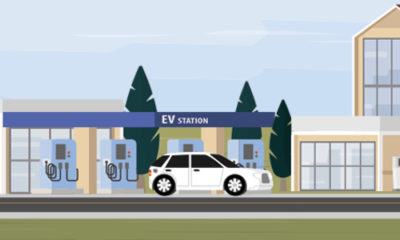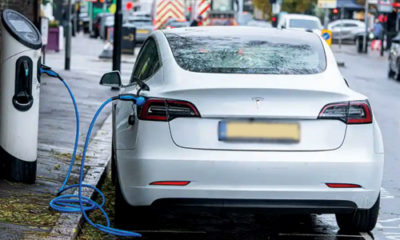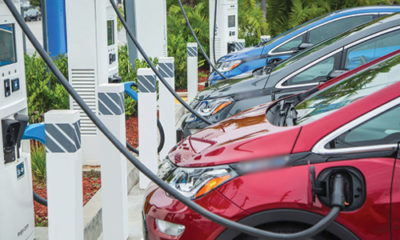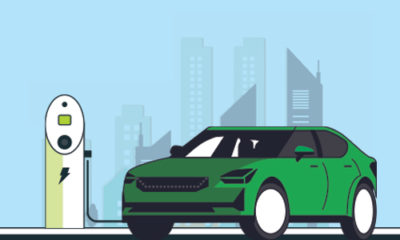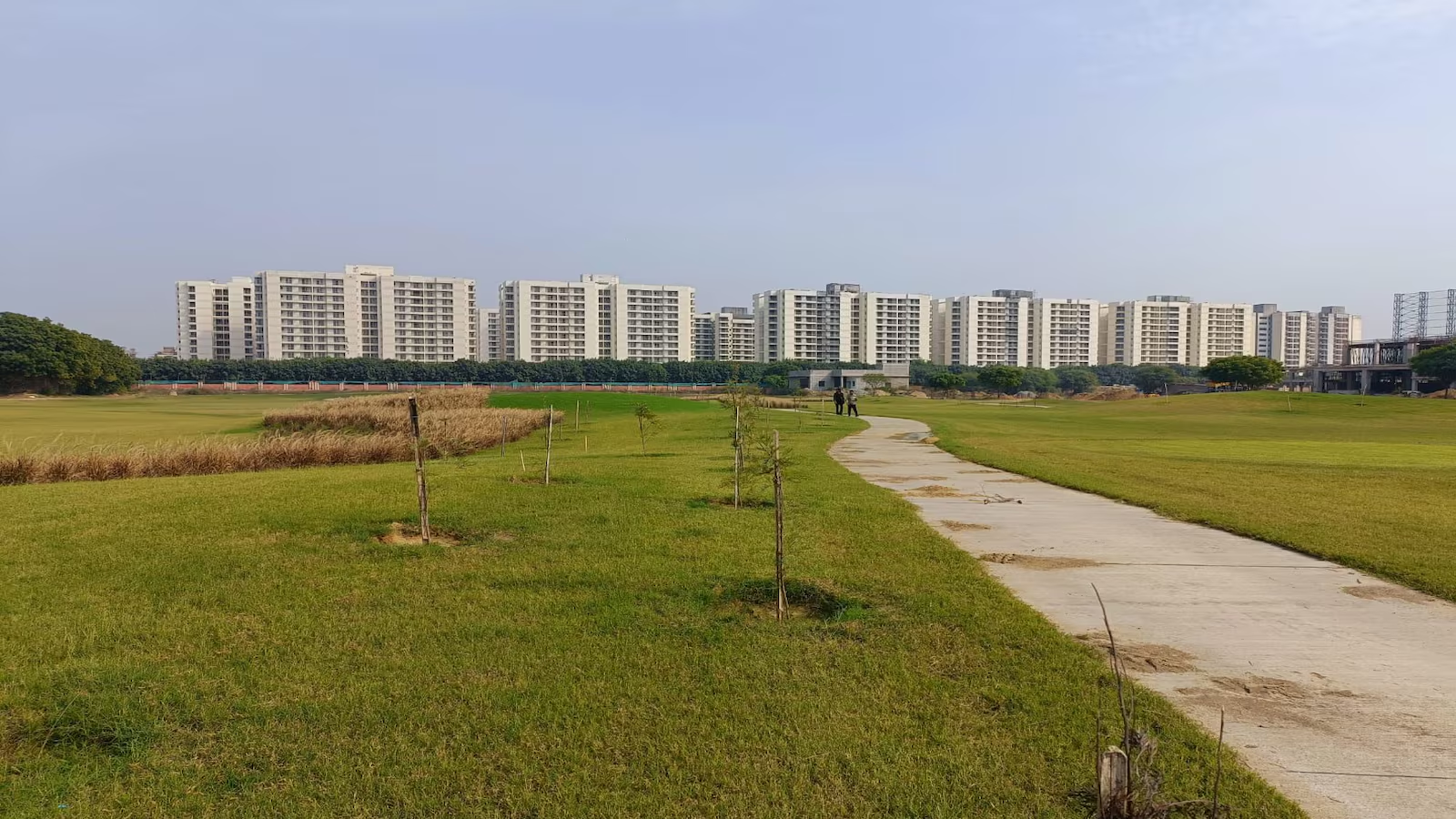News
EV charging facility impacts real estate
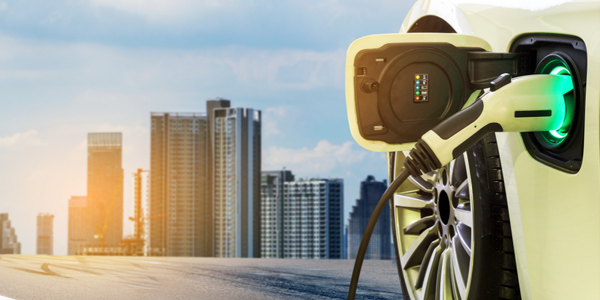

Source:https://www.energybite.co.in/blog-post/ev-charging-facility-impacts-real-estate/
With a view to strengthening charging infrastructure for the ever-increasing EV volumes, the MoHUA came up with Model Building Bye-laws in 2019. As a result of that, many public and private players are now venturing into real estate space to set up charging stations. Though it is a positive development, an intense R&D is needed to ensure that no harm is caused to the National Grid.
The Government has been pushing electric mobility for over a decade or so now and it is quite focused on developing this sector at a faster pace. According to its think-tank NITI Aayog, the sale of four-wheeled electric vehicles is projected to cross 10-million mark by 2030. That, no doubt, is an encouraging development.
Earlier, the main focus of the Government was to provide financial assistance for EV purchases, but now the focus has shifted to a more comprehensive policy of educating public about the multiple benefits of using an electric vehicle and also boosting their sales organically.
- According to NEMMP, a massive investment is required to boost the sales of EVs and also to develop an efficient infrastructure (both power and charging).
- As part of the Government’s efforts to improve EV ecosystem, the Ministry of Housing and Urban Affairs in February 2019 came up with Model Building Bye-Laws for charging infrastructure.
- NITI Aayog has started a pilot project in Delhi-NCR, Bharat Petroleum in Kochi, BESCOM in Bengaluru, and Jammu and Kashmir Road Transport Corporation in J&K.
The National Electric Mobility Mission Plan (NEMMP), launched in 2013, was aimed at providing a roadmap for promoting EVs in the country. According to NEMMP, a massive investment is required to boost the sales of EVs and also to develop an efficient infrastructure (both power and charging).
Also, an additional capacity of 800 MW needs to be generated to handle the additional load arising out of increased acceptance of EVs in the country. An investment of around Rs 5,000 crore is required to develop the power infrastructure. In addition to that, an investment of Rs 1,200 crore is required for developing the charging infrastructure in the country.
As part of the Government’s efforts to improve EV ecosystem, the Ministry of Housing and Urban Affairs in February 2019 came up with Model Building Bye-Laws for charging infrastructure. With the new bye-laws in place, it is mandatory now for residential and commercial buildings to assign at least 20 per cent of the parking space to EV charging infrastructure.
The bye-laws further stipulate that housing societies must acquire additional load capacity equivalent to the power required for all the charging points to be operated simultaneously with a safety factor of 1.25. In the case of four-wheeled EVs, it is essential to have at least one slow-charger for every three EVs and at least one fast-charger for every 10 EVs within the society premises. In the case of two-wheeler EVs, the requirement is for only one slow-charger for every two such vehicles.
Many private and public players are now venturing into the real estate space to set up EV charging infrastructure. Among these, NITI Aayog has started a pilot project in Delhi-NCR, Bharat Petroleum in Kochi, BESCOM in Bengaluru, and Jammu and Kashmir Road Transport Corporation in J&K. All these projects are under planning and implementation stages. The requirement of Research and Development (R&D) is crucial for this sector so as to prevent the National Grid from overloading and shutting down. Such an eventuality can lead to dangerous consequences. The need, therefore, remains for a well thought-out and efficient roadmap.
-



 News3 weeks ago
News3 weeks agoKW Delhi 6 Mall Onboards New Brands
-



 News4 weeks ago
News4 weeks agoManasum Senior Living Launches IKIGAI GOA, A Senior Living Community in North Goa, in collaboration with Prescon Homes
-



 News2 weeks ago
News2 weeks agoGodrej Properties Sells Rs 3k cr+ Homes of Godrej Zenith, Gurugram, within 3 days
-



 News4 weeks ago
News4 weeks agoBridging India Divide: Top 5 Tier- 2 Cities to Focus On
-



 News3 weeks ago
News3 weeks agoCommercial Realty Gets Tech Savvy: Fast Construction, Enhanced Convenience
-



 News4 weeks ago
News4 weeks agoMultipoint Connection – A Definite Boon
-



 News3 weeks ago
News3 weeks agoRBI’s Status Quo on Key Policy Rates to Help Maintain the Real Estate Growth Momentum, Say Industry Stalwarts
-



 News1 week ago
News1 week agoOlive Announces Dhruv Kalro as Co-Founder









